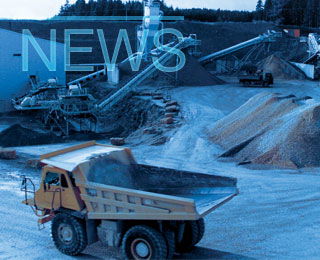With forestry experts gathering in Quebec at the World Forestry Congress, cement maker Lafarge is joining the WWF in a call to restore the world’s damaged forests and safeguarding biological diversity through their Conservation Partner Programme. “Our cooperation with Lafarge is playing a pioneering role and setting an example for others,” according to Dr Jill Bowling, WWF’s Forests for Life Programme deputy director.
The partners announced a new conservation project in the Bow River Valley, Alberta, Canada near the world-renowned Banff National Park. The area is an important habitat for grizzly bears, black bears, cougars and timber wolves.
The project will kick off by identifying key natural landscapes in current Lafarge quarry areas, suitable for providing a home to endangered wildlife. Steven Price, director of WWF forest programme in Canada said:” Tying the Lafarge areas into a larger protected area network would be a key step in the long-term survival of these species.” Other key steps in the project include mapping Lafarge’s operating areas and key transport routes as well as mapping known wildlife mortality hotspots in the valley. After combining these mapping layers, appropriate conservation steps will be identified and undertaken.
Lafarge and WWF work together on a number of quarry rehabilitation and conservation projects under the Conservation Partner Programme. The cement producer has a long history of quarry rehabilitation, dating back to the 1970s with the rehabilitation of the Bamburi quarry in Kenya.
As a member of the Strategic Quarry Rehabilitation Project working group, WWF has assisted Lafarge to develop a strategy biodiversity in its quarries and helped identify the most relevant indicators of environmental performance, including environmental audits, waste and energy recovery and a shift to renewable energy.
